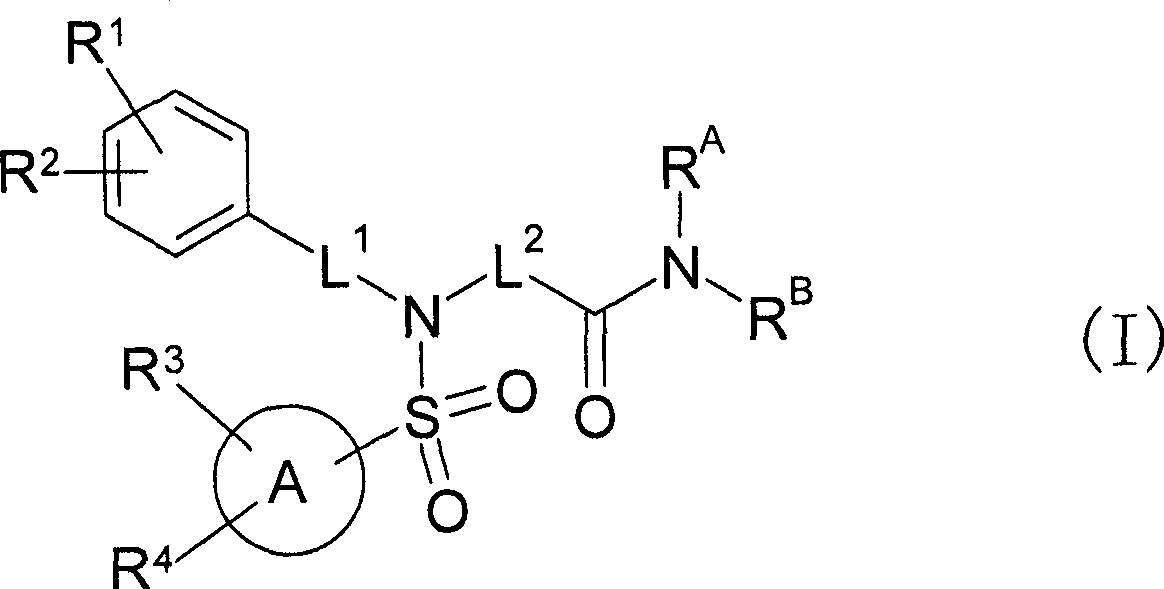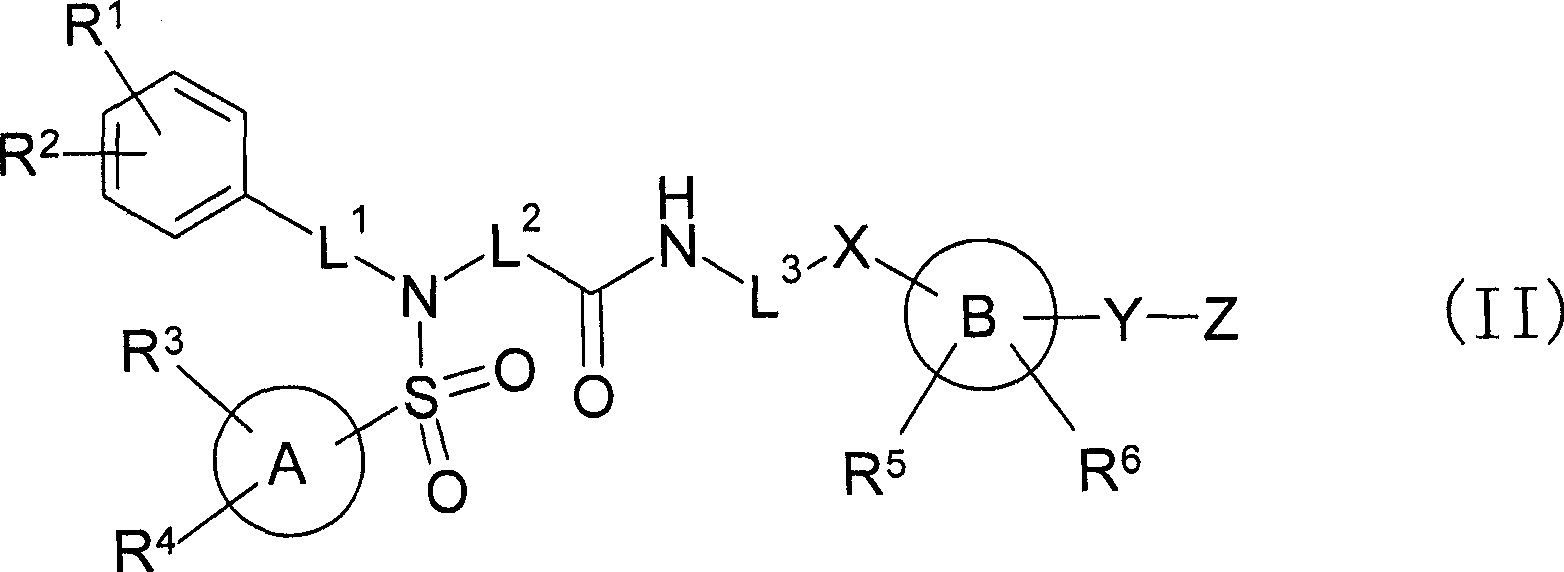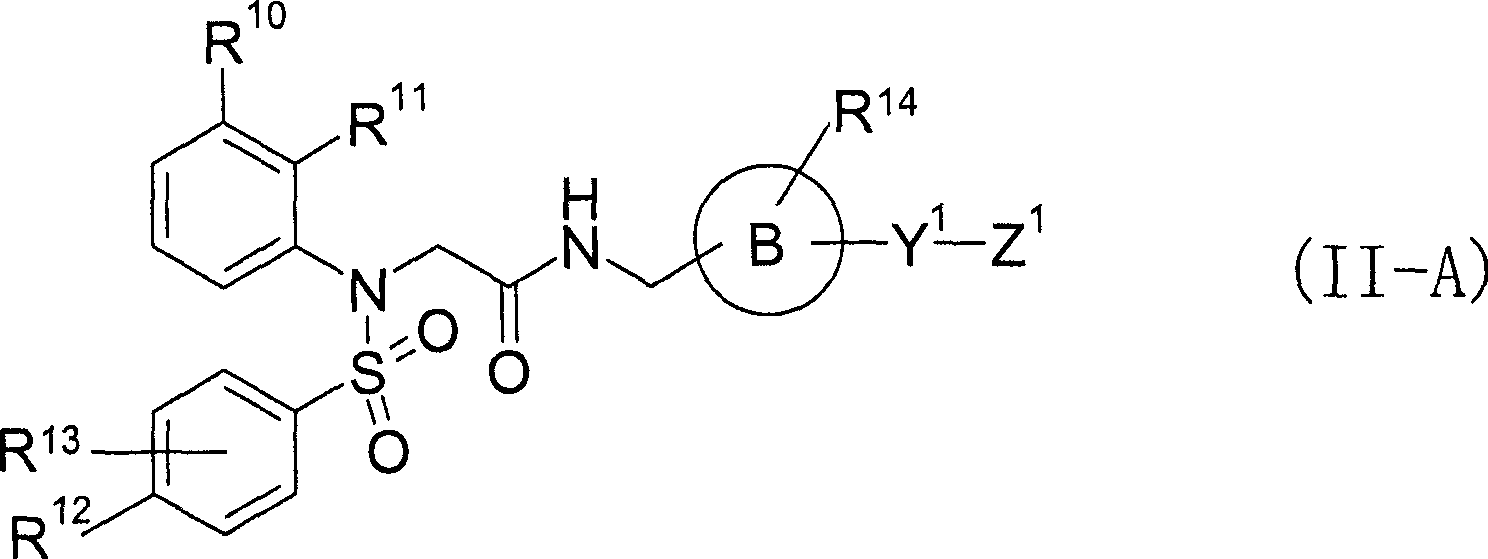Sulfonamide compound or salt thereof
一种化合物、磺酰胺的技术,应用在EP1受体拮抗剂领域,能够解决EP1受体拮抗作用未报道等问题
- Summary
- Abstract
- Description
- Claims
- Application Information
AI Technical Summary
Problems solved by technology
Method used
Image
Examples
reference example 1
[0336] 18.7 g of 3-chloro-dimethylaniline was dissolved in 120 mL of pyridine, 22.9 g of p-toluenesulfonyl chloride was added thereto in small portions over 30 minutes, and the mixture was stirred at room temperature overnight. The reaction solution was concentrated under reduced pressure, and water was added to the resulting residue, followed by extraction with ethyl acetate. The organic layer was washed with 1M hydrochloric acid, saturated brine, saturated aqueous sodium bicarbonate solution, and saturated brine, and then dried over anhydrous sodium sulfate. The solvent was evaporated under reduced pressure to obtain 34.6 g of N-(3-chloro-2-methylphenyl)-4-methylbenzenesulfonamide.
reference example 2
[0338] 34.5 g of N-(3-chloro-2-methylphenyl)-4-methylbenzenesulfonamide was dissolved in 232 mL of DMF, 21.4 g of ethyl bromoacetate and 19.3 g of potassium carbonate were added thereto, and the mixture was stirred at 100° C. 1 hour. The reaction solution was cooled to room temperature, and then water was added, followed by extraction with ethyl acetate. The organic layer was washed with brine, and then dried over anhydrous sodium sulfate. The solvent was evaporated under reduced pressure, and the resulting residue was purified by silica gel column chromatography (hexane:ethyl acetate=80:20) to obtain 34.6 g of N-(3-chloro-2-methylphenyl)-N-[ (4-Methylphenyl)sulfonyl]glycine ethyl ester.
reference example 3
[0340] 35.8 g of N-(3-chloro-2-methylphenyl)-N-[(4-methylphenyl)sulfonyl]glycine ethyl ester were dissolved in 157 mL of ethanol and 157 mL of 1,4-dioxane, Thereto was added 157 mL of a 1M aqueous sodium hydroxide solution, and the mixture was stirred at 60°C overnight. The reaction solution was cooled to room temperature, and then concentrated under reduced pressure. The residue was dissolved in water, and 1M hydrochloric acid was added to make it acidic, followed by extraction with ethyl acetate. The organic layer was washed with saturated brine, and then dried over anhydrous sodium sulfate. The solvent was evaporated under reduced pressure to obtain 29.3 g of N-(3-chloro-2-methylphenyl)-N-[(4-methylphenyl)sulfonyl]glycine.
PUM
 Login to View More
Login to View More Abstract
Description
Claims
Application Information
 Login to View More
Login to View More - R&D
- Intellectual Property
- Life Sciences
- Materials
- Tech Scout
- Unparalleled Data Quality
- Higher Quality Content
- 60% Fewer Hallucinations
Browse by: Latest US Patents, China's latest patents, Technical Efficacy Thesaurus, Application Domain, Technology Topic, Popular Technical Reports.
© 2025 PatSnap. All rights reserved.Legal|Privacy policy|Modern Slavery Act Transparency Statement|Sitemap|About US| Contact US: help@patsnap.com



